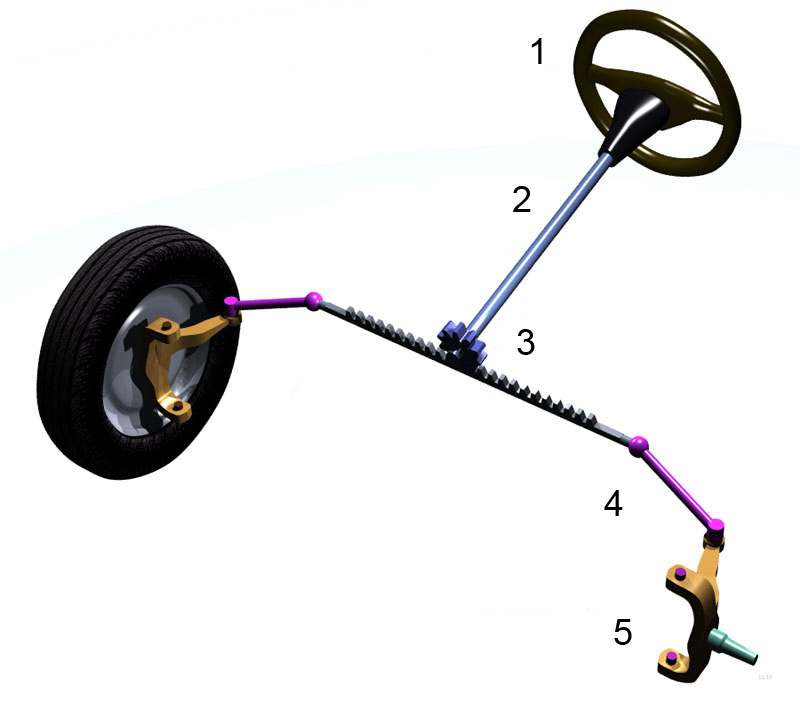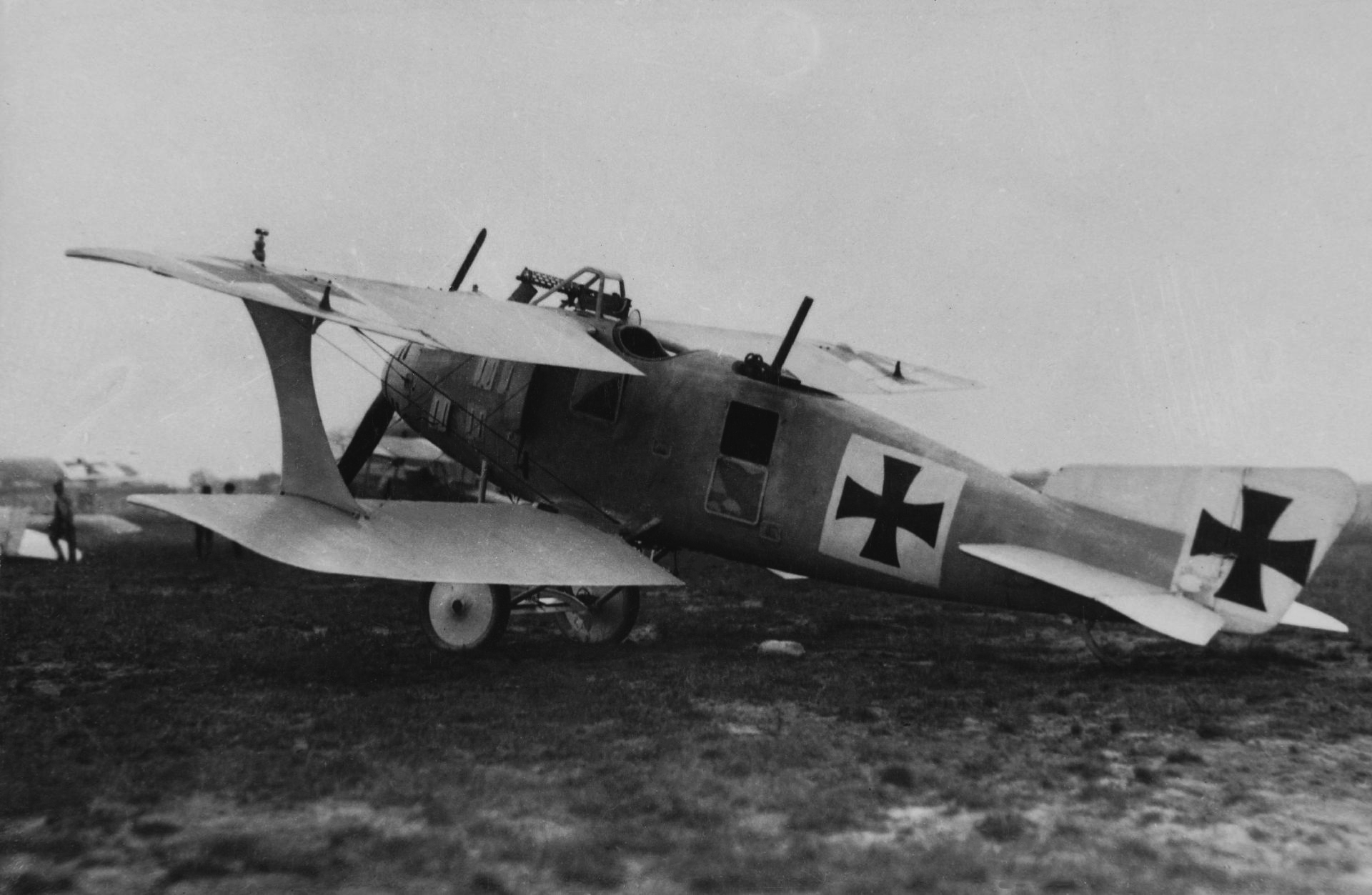|
Moskvitch 401
The Moskvitch 400-420 is a automobile, car that was introduced in 1947 by the Soviet Union, Soviet manufacturer Moskvitch. Background In 1940 and 1941 500 units of the KIM-10-50, the first Soviet compact car, were produced. It was inspired by the similar-sized four-door Ford Prefect and, despite its low price, equipped with such features as a mechanical clock and indicators of the level of oil and the temperature of water in the radiator. However, national priorities changed with the Operation Barbarossa, German invasion in summer 1941, and production of the car was halted and not resumed after the war. At war's end, the Soviet Union deemed the plans and tooling for the 1939 Opel Kadett#Kadett I (1938-1940), Opel Kadett K38 to be part of the war reparations package, since the tooling in the Rüsselsheim factory was largely intact; residents dismantled the Kadett production tooling and loaded fifty-six freight carsThompson, p.76. bound for Moscow and the newly built "Stalin Factor ... [...More Info...] [...Related Items...] OR: [Wikipedia] [Google] [Baidu] |
Moskvitch
Moskvitch or Moskvich () (also written as ''Moskvich'', ''Moskvič'', or ''Moskwitsch'') is a Soviet/Russian automobile brand produced by AZLK from 1946 to 1991 and by OAO Moskvitch from 1991 to 2001. Production later resumed in 2022. The current article incorporates information about both the brand and the joint-stock successor of AZLK. OAO Moskvitch is the name of a privatized venture given to the former factory to avoid legal issues after the dissolution of the Soviet Union in 1991. Since the factory had no assembly branches outside Russia after 1991, its name is largely used today to refer to the building located in the lower eastern part of Moscow. The word ''moskvich'' () itself translates as "a native of Moscow, a Moscovite". It was used to point out the original location of the cars manufactured there. History Early history The Soviet Union initiated a series of five-year plans in 1928 under the rule of Joseph Stalin. The goal of the plans was to rapidly industrialise ... [...More Info...] [...Related Items...] OR: [Wikipedia] [Google] [Baidu] |
Louis Renault (industrialist)
Louis Renault (; 12 February 1877 – 24 October 1944) was a French industrialist, one of the founders of Renault, and a pioneer of the automobile industry. Renault built one of France's largest automobile manufacturing concerns, which still bears his name. During World War I his factories contributed massively to the war effort, notably so by the creation and manufacture of the first tank of modern configuration, the Renault FT tank. Accused of collaborating with the Germans during World War II, he died while awaiting trial in liberated France toward the end of 1944 under uncertain circumstances. His company was seized and nationalized by the provisional government of France, although he died before he could be tried. His factories were the only ones permanently expropriated by the French government. In 1956, ''Time'' magazine described Renault as "rich, powerful and famous, cantankerous, brilliant, often brutal, the little Napoleon of an automaking empire — vulgar, loud, ... [...More Info...] [...Related Items...] OR: [Wikipedia] [Google] [Baidu] |
Steering Column
The automotive steering column is a device intended primarily for connecting the steering wheel to the steering mechanism. Secondary functions A steering column may also perform the following secondary functions: *energy dissipation management in the event of a frontal collision; *provide mounting for: the multi-function switch, column lock, column wiring, column shroud(s), transmission gear selector, gauges or other instruments as well as the electro motor and gear units found in EPAS and SbW systems; *offer (height and/or length) adjustment to suit driver preference Steering lock Modern vehicles are fitted with a steering lock which is an anti-theft device. It is fitted to the steering column usually below the steering wheel. The lock is combined with the ignition switch and engaged and disengaged either by a mechanical ignition key or electronically from the vehicles electronic control unit. These locks were introduced on many General Motors products in 1969 drastically r ... [...More Info...] [...Related Items...] OR: [Wikipedia] [Google] [Baidu] |
Manual Transmission
A manual transmission (MT), also known as manual gearbox, standard transmission (in Canadian English, Canada, British English, the United Kingdom and American English, the United States), or stick shift (in the United States), is a multi-speed motor vehicle Transmission (mechanical device), transmission system where gear changes require the driver to manually select the gears by operating a gear stick and clutch (which is usually a foot pedal for cars or a hand lever for motorcycles). Early automobiles used ''sliding-mesh'' manual transmissions with up to three forward gear ratios. Since the 1950s, ''constant-mesh'' manual transmissions have become increasingly commonplace, and the number of forward ratios has increased to 5-speed and 6-speed manual transmissions for current vehicles. The alternative to a manual transmission is an automatic transmission. Common types of automatic transmissions are the Automatic transmission#Hydraulic automatic transmissions, hydraulic automatic ... [...More Info...] [...Related Items...] OR: [Wikipedia] [Google] [Baidu] |
Oil Filter
An oil is any nonpolar chemical substance that is composed primarily of hydrocarbons and is hydrophobic (does not mix with water) and lipophilic (mixes with other oils). Oils are usually flammable and surface active. Most oils are unsaturated lipids that are liquid at room temperature. The general definition of oil includes classes of chemical compounds that may be otherwise unrelated in structure, properties, and uses. Oils may be animal, vegetable, or petrochemical in origin, and may be volatile or non-volatile. They are used for food (e.g., olive oil), fuel (e.g., heating oil), medical purposes (e.g., mineral oil), lubrication (e.g. motor oil), and the manufacture of many types of paints, plastics, and other materials. Specially prepared oils are used in some religious ceremonies and rituals as purifying agents. Etymology First attested in English 1176, the word ''oil'' comes from Old French ''oile'', from -4; we might wonder whether there's a point at which it' ... [...More Info...] [...Related Items...] OR: [Wikipedia] [Google] [Baidu] |
Wheelbase
In both road and rail vehicles, the wheelbase is the horizontal distance between the centers of the front and rear wheels. For road vehicles with more than two axles (e.g. some trucks), the wheelbase is the distance between the steering (front) axle and the centerpoint of the driving axle group. In the case of a tri-axle truck, the wheelbase would be the distance between the steering axle and a point midway between the two rear axles. Vehicles The wheelbase of a vehicle equals the distance between its front and rear wheels. At equilibrium, the total torque of the forces acting on a vehicle is zero. Therefore, the wheelbase is related to the force on each pair of tires by the following formula: :F_f = mg :F_r = mg where F_f is the force on the front tires, F_r is the force on the rear tires, L is the wheelbase, d_r is the distance from the center of mass (CM) to the rear wheels, d_f is the distance from the center of mass to the front wheels (d_f + d_r = L), m is the mass ... [...More Info...] [...Related Items...] OR: [Wikipedia] [Google] [Baidu] |
Compression Ratio
The compression ratio is the ratio between the maximum and minimum volume during the compression stage of the power cycle in a piston or Wankel engine. A fundamental specification for such engines, it can be measured in two different ways. The simpler way is the static compression ratio: in a reciprocating engine, this is the ratio of the volume of the cylinder when the piston is at the bottom of its stroke to that volume when the piston is at the top of its stroke. The dynamic compression ratio is a more advanced calculation which also takes into account gases entering and exiting the cylinder during the compression phase. Effect and typical ratios A high compression ratio is desirable because it allows an engine to extract more mechanical energy from a given mass of air–fuel mixture due to its higher thermal efficiency. This occurs because internal combustion engines are heat engines, and higher compression ratios permit the same combustion temperature to be reached wit ... [...More Info...] [...Related Items...] OR: [Wikipedia] [Google] [Baidu] |
Straight-four Engine
A straight-four engine (also referred to as an inline-four engine) is a four-cylinder Reciprocating engine, piston engine where cylinders are arranged in a line along a common crankshaft. The majority of automotive four-cylinder engines use a straight-four layout (with the exceptions of the flat-four engines produced by Subaru and Porsche) and the layout is also very common in motorcycles and other machinery. Therefore the term "four-cylinder engine" is usually synonymous with straight-four engines. When a straight-four engine is installed at an inclined angle (instead of with the cylinders oriented vertically), it is sometimes called a Slant-4 engine, slant-four. Between 2005 and 2008, the proportion of new vehicles sold in the United States with four-cylinder engines rose from 30% to 47%. By the 2020 model year, the share for light-duty vehicles had risen to 59%. Design A four-stroke straight-four engine always has a cylinder on its power stroke, unlike engines with fewer ... [...More Info...] [...Related Items...] OR: [Wikipedia] [Google] [Baidu] |
Independent Suspension
Independent suspension is any automobile suspension system that allows each wheel on the same axle to move vertically (i.e. reacting to a bump on the road) independently of the others. This is contrasted with a beam axle or deDion axle system in which the wheels are linked. "Independent" refers to the motion or path of movement of the wheels or suspension. It is common for the left and right sides of the suspension to be connected with anti-roll bars or other such mechanisms. The anti-roll bar ties the left and right suspension spring rates together but does not tie their motion together. Most modern vehicles have independent front suspension (IFS). Many vehicles also have an independent rear suspension (IRS). IRS, as the name implies, has the rear wheels independently sprung. A fully independent suspension has an independent suspension on all wheels. Some early independent systems used swing axles, but modern systems use Chapman or MacPherson struts, trailing arms, multilink, ... [...More Info...] [...Related Items...] OR: [Wikipedia] [Google] [Baidu] |
Monocoque
Monocoque ( ), also called structural skin, is a structural system in which loads are supported by an object's external skin, in a manner similar to an egg shell. The word ''monocoque'' is a French term for "single shell". First used for boats, a true monocoque carries both tensile and compressive forces within the skin and can be recognised by the absence of a load-carrying internal frame. Few metal aircraft other than those with milled skins can strictly be regarded as pure monocoques, as they use a metal shell or sheeting reinforced with frames riveted to the skin, but most wooden aircraft are described as monocoques, even though they also incorporate frames. By contrast, a semi-monocoque is a hybrid combining a tensile stressed skin and a compressive structure made up of longerons and ribs or frames. Other semi-monocoques, not to be confused with true monocoques, include vehicle unibodies, which tend to be composites, and inflatable shells or balloon tanks, both of whi ... [...More Info...] [...Related Items...] OR: [Wikipedia] [Google] [Baidu] |
Postage Car Moskvitch 400-422 (Moscow Postamt 300 Jubilee)
{{disambiguation ...
Postage may refer to: *Mail, or post, a system for physically transporting postcards, letters, and parcels *Postage stamp, small piece of paper indicating proof of payment for mail * ''Postage'' (album), a 2003 album by Supergroove See also *Postage rate (other) Postage rate is amount charged by a postal service to transport and deliver mail. It may refer to: * List of postal rates in the British Mandate of Palestine * List of Ottoman postal rates in Palestine * History of United States postage rates ... [...More Info...] [...Related Items...] OR: [Wikipedia] [Google] [Baidu] |










